Market Growth Projections
The Global Sarilumab Market Industry is poised for substantial growth, with projections indicating a market size of 1.09 USD Billion in 2024 and a remarkable increase to 6.83 USD Billion by 2035. This growth trajectory suggests a compound annual growth rate of 18.15% from 2025 to 2035. Such projections reflect the increasing demand for effective treatments for autoimmune diseases, particularly rheumatoid arthritis. The market's expansion is likely driven by factors such as rising prevalence, advancements in biologic therapies, and increased healthcare expenditure. These metrics indicate a promising future for the Global Sarilumab Market Industry, highlighting its potential to address unmet medical needs.
Rising Healthcare Expenditure
The Global Sarilumab Market Industry is also influenced by rising healthcare expenditure across various regions. Increased investment in healthcare infrastructure and services allows for better access to advanced treatments, including Sarilumab. Governments and private sectors are allocating more resources to combat chronic diseases, which is likely to enhance patient access to biologic therapies. This trend is expected to contribute to the market's growth, with a projected compound annual growth rate of 18.15% from 2025 to 2035. As healthcare systems adapt to meet the needs of aging populations, the demand for effective treatments like Sarilumab is likely to rise.
Growing Awareness and Diagnosis
The Global Sarilumab Market Industry is experiencing a surge in growth due to increased awareness and diagnosis of autoimmune diseases. Enhanced educational initiatives and improved diagnostic tools are leading to earlier detection of conditions such as rheumatoid arthritis. This heightened awareness is likely to drive demand for effective treatments, including Sarilumab, as patients seek out advanced therapeutic options. As healthcare professionals become more adept at recognizing these diseases, the market is expected to expand significantly. The potential for early intervention may also lead to better patient outcomes, further fueling the growth of the Global Sarilumab Market Industry.
Regulatory Approvals and Support
The Global Sarilumab Market Industry is positively impacted by regulatory approvals and support from health authorities. The approval of Sarilumab by various regulatory agencies has facilitated its entry into the market, providing patients with a new treatment option for rheumatoid arthritis. This regulatory backing not only enhances the credibility of Sarilumab but also encourages healthcare providers to prescribe it. As more approvals are granted and clinical guidelines evolve to include biologic therapies, the market is likely to see increased adoption. This trend suggests a robust future for the Global Sarilumab Market Industry, as regulatory frameworks continue to support innovative treatments.
Advancements in Biologic Therapies
The Global Sarilumab Market Industry benefits from advancements in biologic therapies, which have transformed the treatment landscape for autoimmune diseases. Sarilumab, a monoclonal antibody, represents a new class of therapeutics that specifically targets interleukin-6 receptors. This specificity may lead to improved efficacy and safety profiles compared to traditional therapies. As healthcare providers increasingly adopt biologic treatments, the market is anticipated to grow, with projections indicating a rise to 6.83 USD Billion by 2035. The ongoing research and development in this area suggest that the Global Sarilumab Market Industry will continue to evolve, offering patients more effective options.
Increasing Prevalence of Autoimmune Diseases
The Global Sarilumab Market Industry is experiencing growth due to the rising prevalence of autoimmune diseases, particularly rheumatoid arthritis. As the global population ages, the incidence of these conditions is likely to increase, leading to a higher demand for effective treatments. In 2024, the market is projected to reach 1.09 USD Billion, reflecting the urgent need for innovative therapies. Sarilumab, as a targeted therapy, offers a promising option for patients who do not respond adequately to conventional treatments. This trend is expected to continue, with the market potentially expanding significantly as awareness and diagnosis of autoimmune diseases improve.


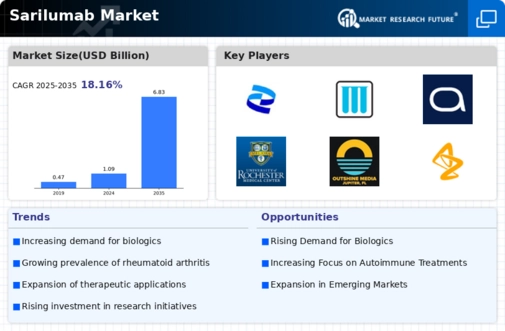
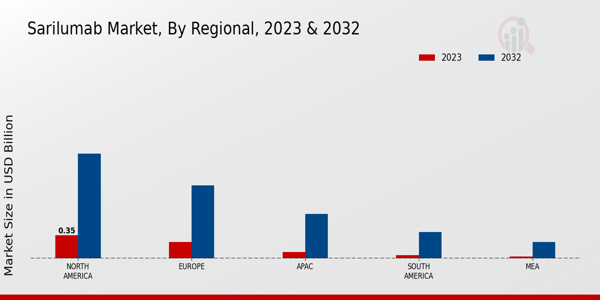
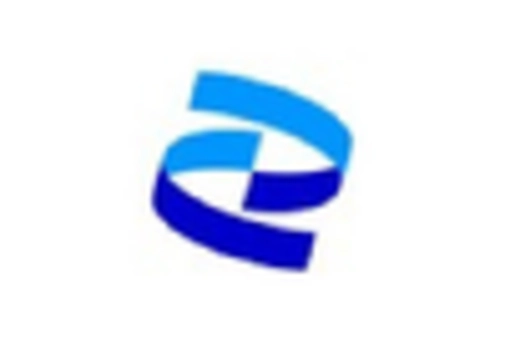
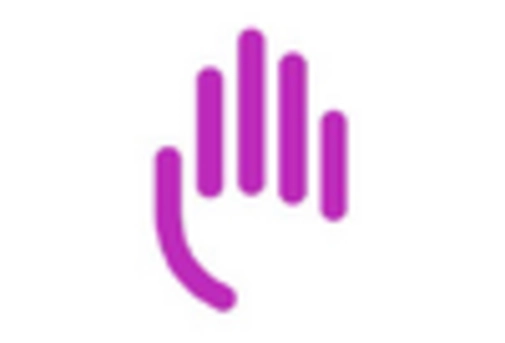
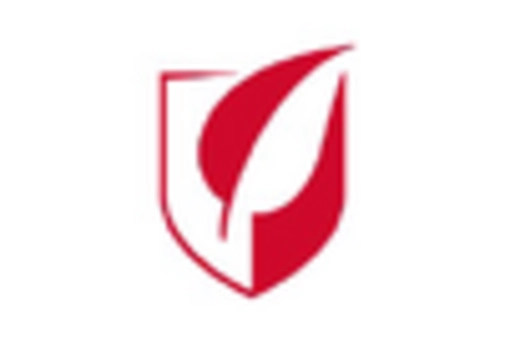
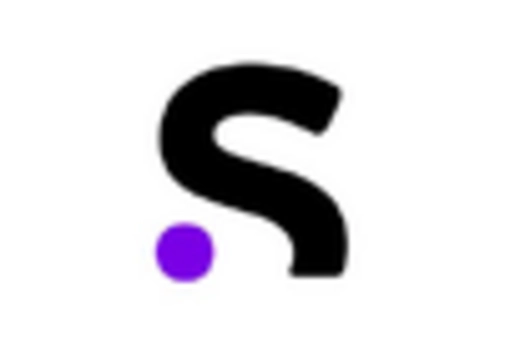
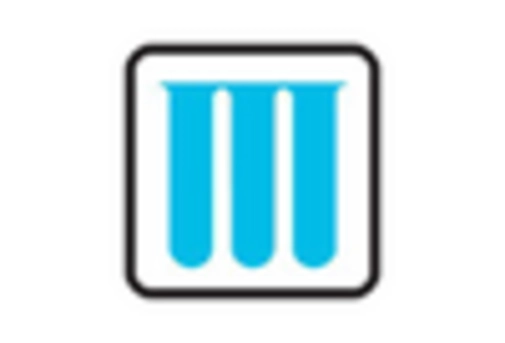
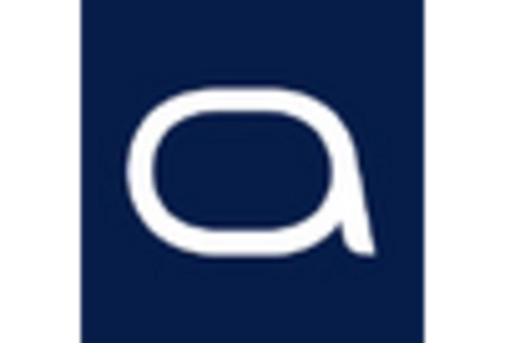
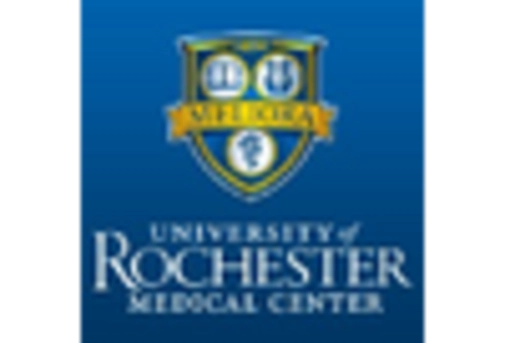
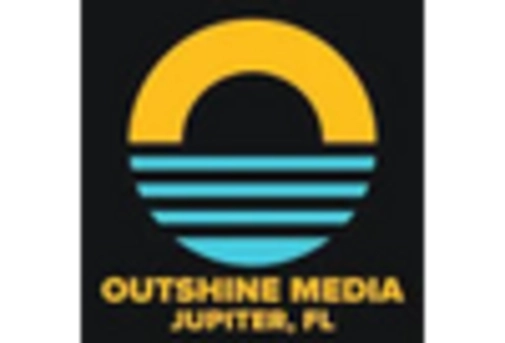
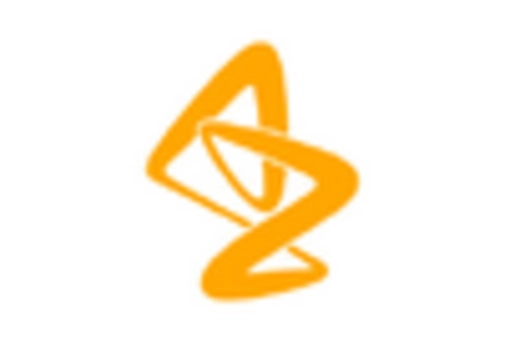
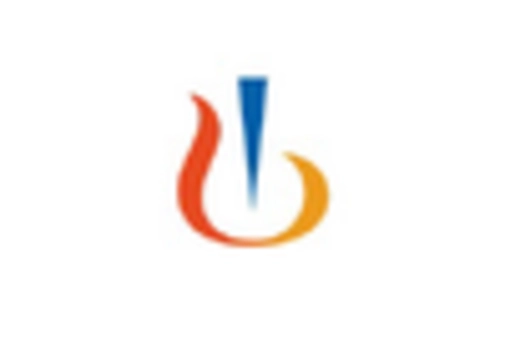








Leave a Comment